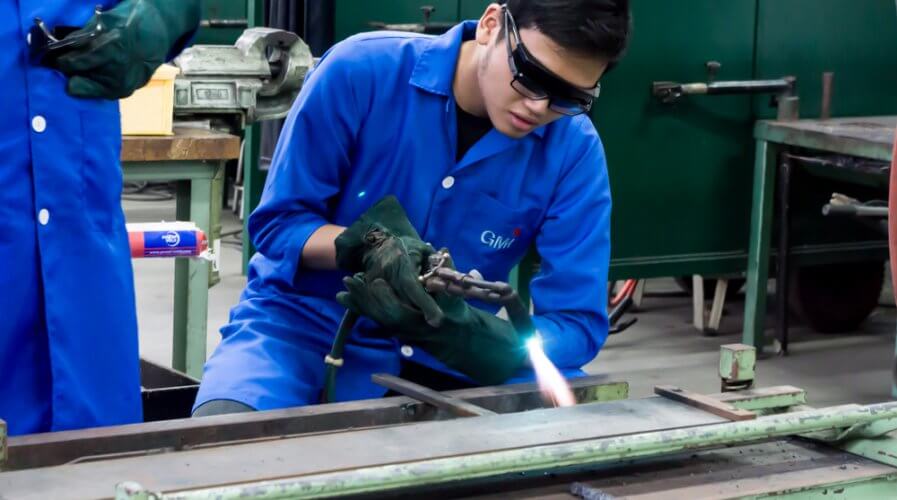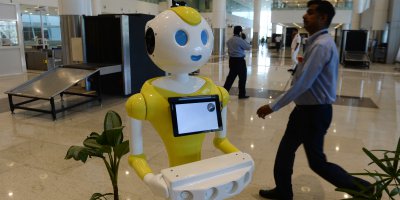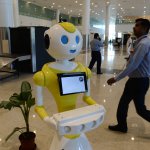
AR has the ability to develop effective user interface to help workers interact better with machines. Source: Shutterstock
Can AR-based user interfaces bridge the human-machine interaction gap?
BUSINESSES seem to be really excited about augmented reality (AR) as a technology, and see it as a viable solution to improve workflows, accuracy, productivity, and satisfaction in the workplace.
At its core, AR creates an enhanced visual of real-world environments, giving users a “superimposed version” of reality. Simply put, AR can provide users with the ability to access and view machines from a more tangible perspective.
This feature alone sets the tone for the way it can help bridge the interaction gap between machines and humans. As a result, AR is quickly being leveraged as a tool to connect workers with the machines they use.
AR devices can display interactive, superimposed, and enhanced images of connected machines via camera lenses. This is overlaid with relevant information and control systems that essentially make up the user interface.
As a system, it allows agile and explorative work processes for workers to instruct and control the machines – including assigning physical actions.
AR is also able to provide workers with the flexibility to monitor current processes of the machine using the collected data from IoT.
Changes and customization to mechanical processes can be made within the working environment, almost immediately without having workers move to a different location. This, in turn, would help significantly reduce costs.
With the rapid shift of dynamics in an automated workplace, machines are expected to automate more repetitive manual tasks — and AR enables workers to align their work processes with machines.
In other words, employees need to work collaboratively with machines to optimize operational efficiencies and enable automation.
A common concern is establishing effective communication between workers and machines. Humans need to be able to contextualize the information displayed by machines in order to efficiently streamline work processes into an automated workflow.
Often, the information displayed on machines is limited to the workers’ understanding, resorting to manual tinkering and programming, which is time-consuming.
Further, machine-powered projects are met with failures due to incompetent workflow and insufficient monitoring.
With AR, workers are able to understand machines as it is able to contextualize digital information displayed and react appropriately.
The technology allows AR to anchor connected machines and translates the data into a user-friendly, easy to understand language for workers to operate with.
AR will not only complement automation efforts and human-machine interactions, but also enhance the way we communicate and collaborate with machines.
READ MORE
- Ethical AI: The renewed importance of safeguarding data and customer privacy in Generative AI applications
- How Japan balances AI-driven opportunities with cybersecurity needs
- Deploying SASE: Benchmarking your approach
- Insurance everywhere all at once: the digital transformation of the APAC insurance industry
- Google parent Alphabet eyes HubSpot: A potential acquisition shaping the future of CRM


